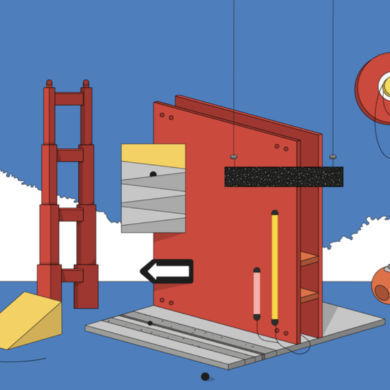After a long career in creative departments and agencies I’ve learned that sometimes pure creatives are ill equipped to tackle product problems… so how do you know the difference? The terms “digital product” and “website” often overlap, but they have distinct nuances in their definitions and purposes.
Digital Product:
- Purpose: Designed to fulfill a specific user need or business goal. This might include task management, content creation, entertainment, communication, etc.
- Interactivity: Typically has higher levels of user interactivity. This might include tools, apps, or platforms where users can perform a range of functions like creating, editing, managing, or sharing content.
- Monetization: Often built as a primary revenue source, either through direct sales, subscription models, in-app purchases, or other monetization strategies.
- Lifecycle: Has a lifecycle that includes updates, iterations, and potentially version releases to enhance features, fix bugs, or improve user experience.
- Examples: Mobile apps, SaaS (Software as a Service) platforms, games, e-commerce platforms, digital tools, and more.
Regular Website:
- Purpose: Typically serves as an informational or promotional platform. Its primary function might be to provide information about a company, brand, individual, event, or topic.
- Interactivity: Generally has lower levels of interactivity compared to digital products. Users might be limited to browsing content, filling out contact forms, or reading articles.
- Monetization: Not always built as a primary source of revenue. If monetized, it might be through advertising, affiliate marketing, or lead generation.
- Lifecycle: Might be more static than a digital product, with updates being less frequent unless it’s a content-driven website (like a news portal or blog) that needs regular content updates.
- Examples: Corporate websites, personal portfolios, blogs, event landing pages, informational sites.
That said, the line between a digital product and a website can sometimes be blurred. For instance, an e-commerce website is also a digital product because of its interactive and transactional nature. Similarly, some SaaS platforms might be entirely web-based and accessed through browsers, making them both digital products and websites.
In essence, while all digital products (in the context of web-based solutions) can be accessed like websites, not all websites are digital products with intricate functionality and interactivity.


